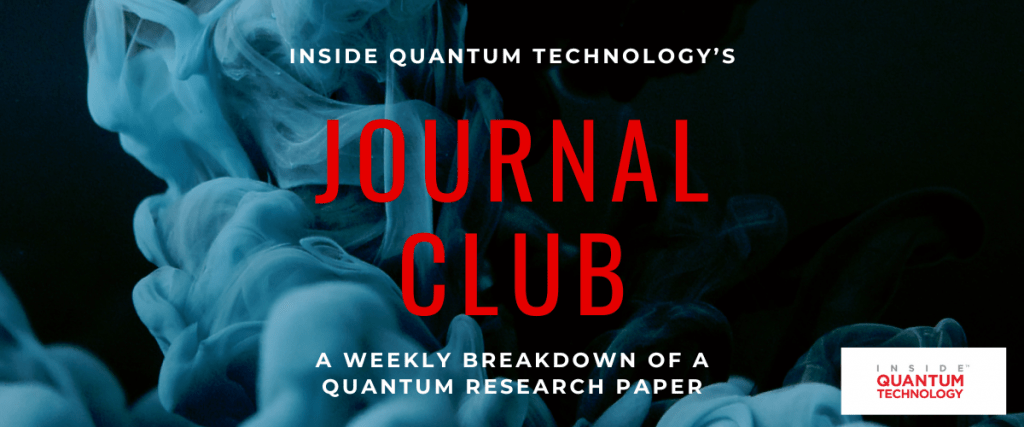IQT’s “Journal Club” is a weekly article series that breaks down a recent quantum technology research paper and discusses its impacts on the quantum ecosystem. This article highlights a recent paper published in IET Quantum Communication, where researchers at various institutes in Portugal studied methods to ensure quantum-safe privacy for road traffic systems.
In the rapidly evolving field of vehicular networks, such as toll roads, traffic management camera systems, and parking structures, ensuring privacy and security while maintaining efficient communication is paramount. If hacked, these compromised systems could lead to increased traffic accidents, a leak of personal information, and more.
Previous Security Measures-Moving to Quantum
Many researchers have been looking at integrating Secure Multiparty Computation (SMC), a cryptographic tool that distributes a computation to many different machines, into these networks. SMC seems promising, enabling vehicles to share and compute data without compromising individual privacy. However, traditional SMC implementations face significant challenges in efficiency and security, particularly in the face of quantum computing threats.
To address these potential issues, researchers from various Portuguese institutes look into harnessing quantum communication technologies—Quantum Key Distribution (QKD) and Quantum Oblivious Key Distribution—to bolster the security and efficiency of SMC in vehicular networks. Their results were published recently in IET Quantum Communication.
Quantum Mechanics to Boost Privacy
The researchers proposed to have Quantum Key Distribution (QKD) and Quantum Oblivious Key Distribution serve as the backbone of their system, offering a way to distribute the “keys” that are used to encrypt and decrypt messages so that only the intended parties can understand them. These quantum technologies harness the peculiar properties of quantum states, which are sensitive to eavesdropping attempts. Any attempt to intercept or measure these quantum keys alters their state, revealing the presence of an intruder. This ensures that any key exchange is inherently secure, making the communication between vehicles not just encrypted but also tamper-evident.
Integrating these quantum keys with the Faster Malicious Arithmetic Secure Computation with Oblivious Transfer (MASCOT) protocol, the team crafted the QSMC platform. MASCOT, a protocol designed for secure computations over a network, was adapted to work within this quantum framework, allowing vehicles to perform complex calculations together—such as determining the optimal timing for a lane change—without revealing their individual data to each other.
The researchers highlight that this innovative approach ensures unconditional security against quantum computer attacks and dramatically reduces the communication cost by 97% in a lane change use case, albeit with a 42% increase in computation cost. This trade-off is particularly justified in open space scenarios where conserving bandwidth is crucial, thereby overshadowing the rise in computational demands.
This quantum-enabled SMC framework could pave the way for a new era of inter-vehicular collaboration by overcoming the privacy and security hurdles that have long plagued vehicular communications. Using this new framework, applications ranging from traffic management and car sharing to collision warnings could be implemented with unprecedented levels of privacy and security.
Quantum Plus SMC Goes Beyond Vehicles
The demonstrated efficiency and security benefits of quantum communication technologies in SMC applications spotlight the transformative potential of quantum advancements in various domains, specifically in other travel management, such as shipping stations, supply chain management, and more. As quantum computing matures, integrating quantum technologies in securing and optimizing multiparty computations could redefine privacy and security standards in numerous fields.
Kenna Hughes-Castleberry is the Managing Editor at Inside Quantum Technology and the Science Communicator at JILA (a partnership between the University of Colorado Boulder and NIST). Her writing beats include deep tech, quantum computing, and AI. Her work has been featured in National Geographic, Scientific American, Discover Magazine, New Scientist, Ars Technica, and more.
